Trade in iPhone 14 Plus
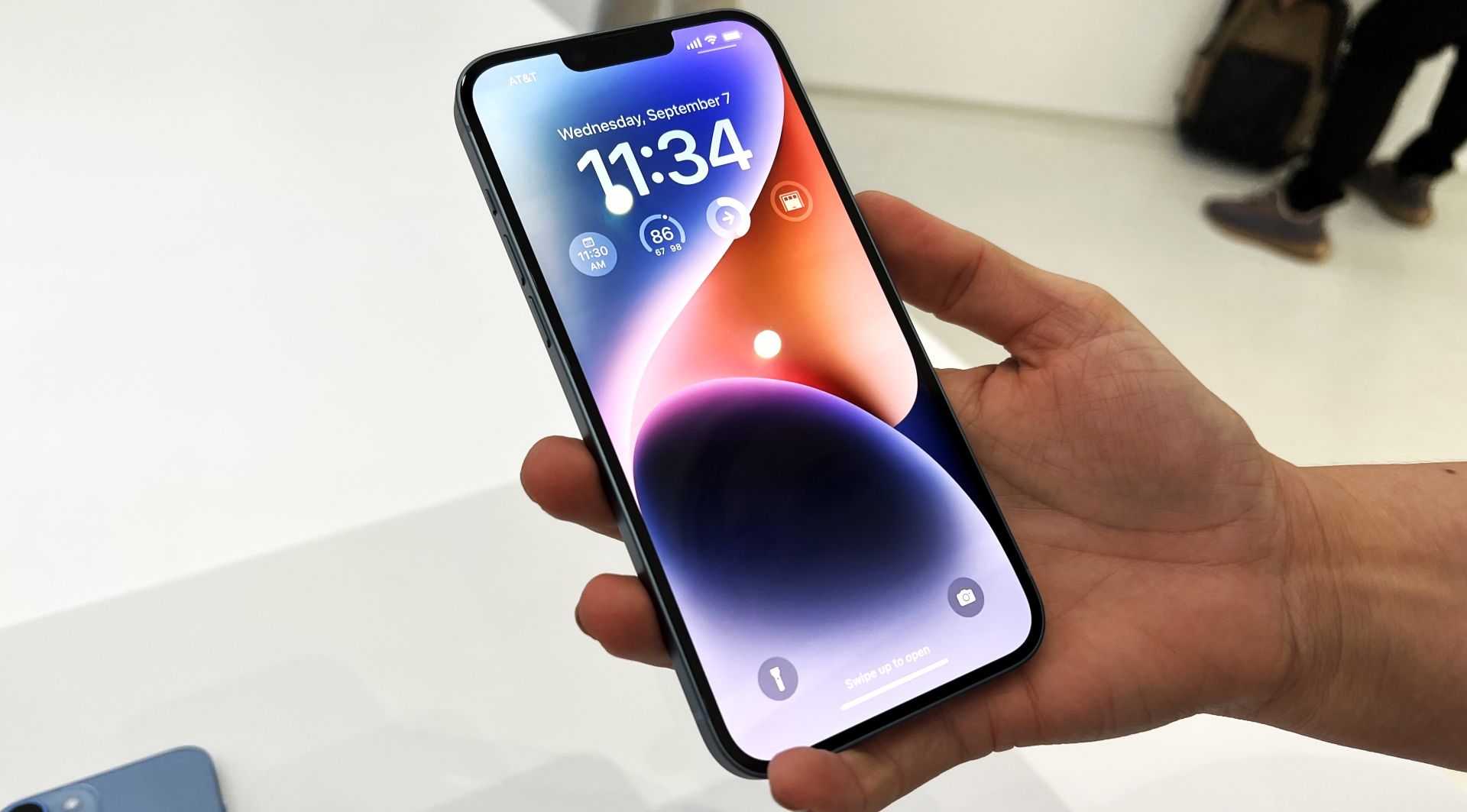
(Image credit: Future)
The iPhone 14 Plus, which Apple unveiled at the Steve Jobs Theater in California on Wednesday, is in some ways like a great throwback to the original Plus-era of iPhones.
When Apple launched the iPhone 6, it was the first time it also simultaneously introduced a big-screen variant, the iPhone 6 Plus. Like that larger smartphone sibling, this new iPhone 14 Plus is, essentially, just like the new iPhone 14, but instead of a 6.1-inch Super Retina XDR display, you get a 6.7-inch one. What you don’t get, though, is a whole bunch of extra features, a la, the iPhone 14 Pro Max line.
You see, somewhere along the way, Apple shifted its big screen phones into the Pro-only zone, thereby forcing Apple iPhone fans who wanted a bigger screen into a much more expensive space.
Finally with the iPhone 14 Plus, we can sort of have your big-screen cake and not have it eat through your budget, too.
We are Tradelectronics, licensed second-hand electronics dealer located in Sydney CBD, experts in trading used laptops, old cameras & lens, and used mobile phones. Fast, Reliable & We Pay More! Get a free quote on your favourite WhatsApp, Facebook, SMS & Email, instant reply!
| Click icon for WhatsApp Quote | Click icon for facebook Quote |
 |
 |
- We are open from Mon – Sat 12pm – 7pm
- Get your free quote from WhatsApp and Messenger are highly recommended, we can guide you through in finding the accurate specs for your laptops, cameras & lens, mobile phones as well. As such we can provide a more precise quote for you.
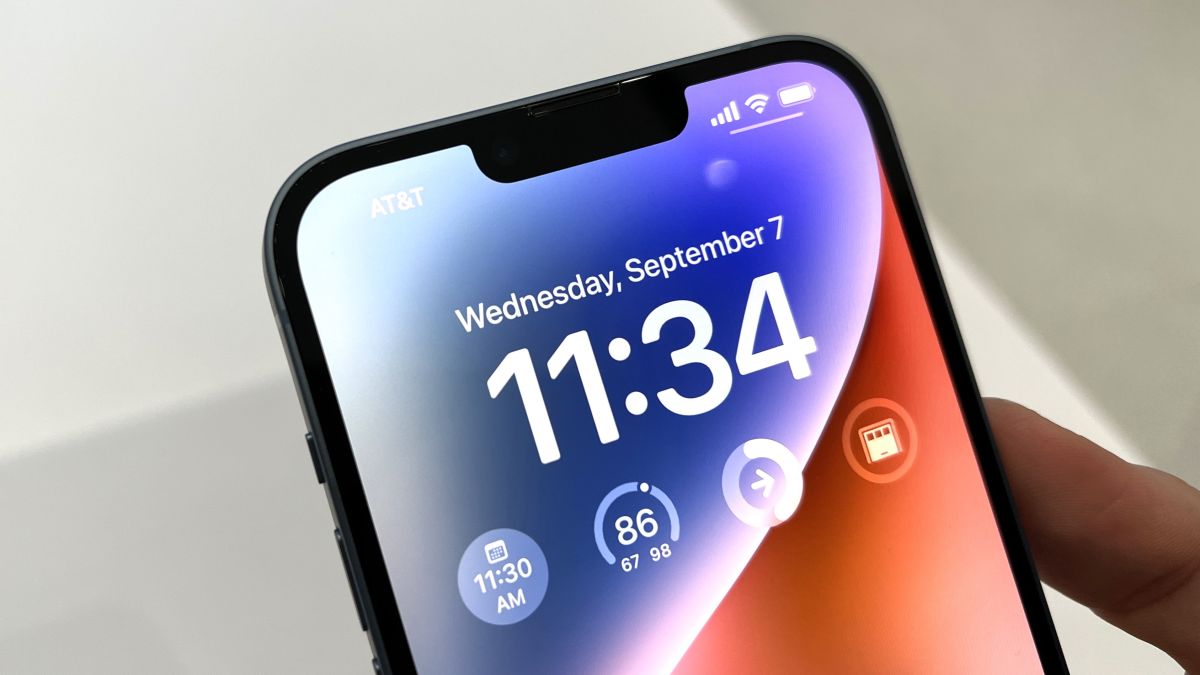
(Image credit: Future)
iPhone 14 price and availability
It’s pretty exciting to get a big, 6.7-inch iPhone that’s just $100 more expensive than the base model. The iPhone 14 Plus starts at $899 / £949 / AU$1,579 for the base 128GB model.
iPhone 14 pre-orders are kicking off on September 9, and the iPhone 14 Plus will be available on October 7. That’s a few weeks after the iPhone 14.
Design, materials, and display

(Image credit: Future)
Like the 6.1-inch iPhone 14, the iPhone 14 Plus owes much of its design signature to the iPhone 13. It’s also a lot like the iPhone 13 Pro Max, at least size-wise. But the materials are all iPhone 14 base model: Instead of stainless steel, it’s aluminum. There’s also the front and back glass that might or might not be Gorilla Glass, and that new, sexy purple color option. The front screen is still protected by that ceramic shield layer.
Everything about the chassis hews to the iPhone 14 style: the flat metal band surrounding the glass, power/sleep/Siri button on one side, and volume pair on the other side.
As I handled the iPhone 14 Plus, I noticed that despite its size, 160.8mm x 78.1.mm x 7.8 mm (0.31 inches), it feels considerably lighter than a similarly-sized iPhone 13 Pro Max. Turns out it weighs just 203 grams (the 13 Pro Max weighs 240 grams).
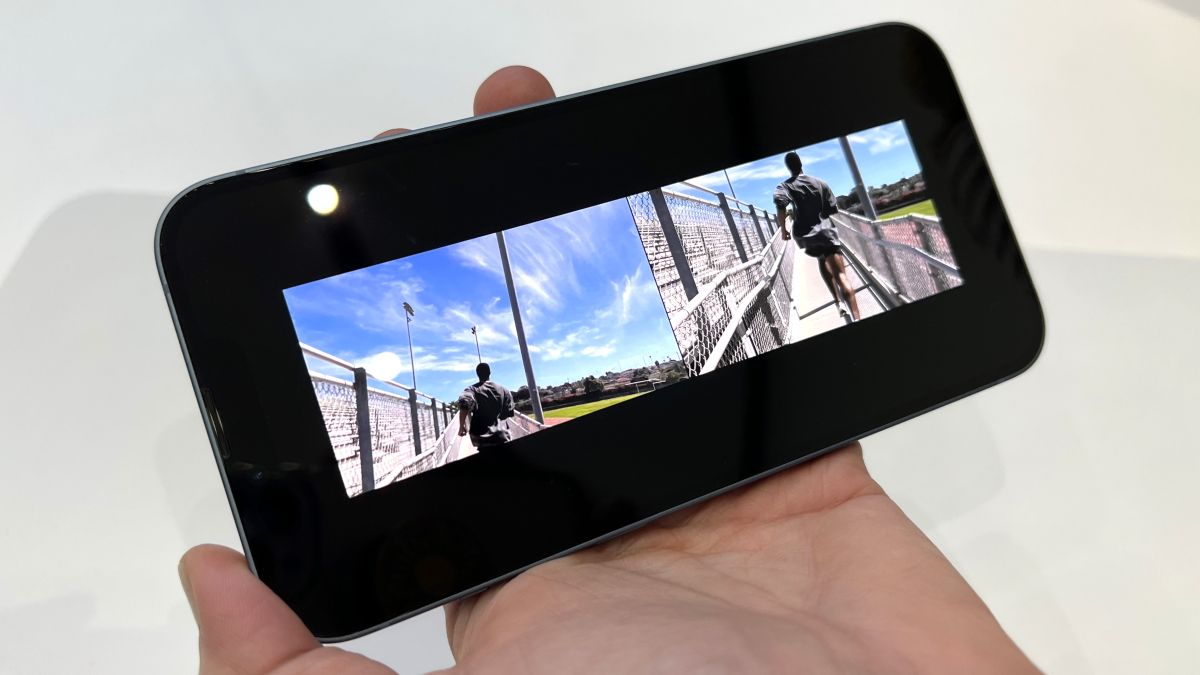
The iPhone 14 and 14 Plus new Action mode acts like a digital gimbal for shaky video. (Image credit: Future)
On US models, Apple is doing away with the SIM slot. That little panel is notable for its absence, making one long edge cleaner-looking than ever before.
It is a little weird to see such a big iPhone with just two cameras, but that square array matches the iPhone 14. Two lenses: 12MP Wide and 12MP ultra-wide. If you want more megapixels or zoom, you’ll have to go pro.
On the front is the large 6.7-inch Super Retina XDR display with 2778‑by‑1284 resolution and 458 ppi. That’s not a higher resolution than the iPhone 14, just more space for more pixels. There’s no variable refresh rate or always on display like you’ll find on the new iPhone 14 Pro. Which is a shame because those who like affordable big-screen phones would also like the battery savings that comes with variable refresh rate and the ease of use that comes with an always-on display.
At the top of the display is the notch, which looks a little bit smaller on the larger screen. It features AR sensors and a TrueDepth, 12MP selfie camera.
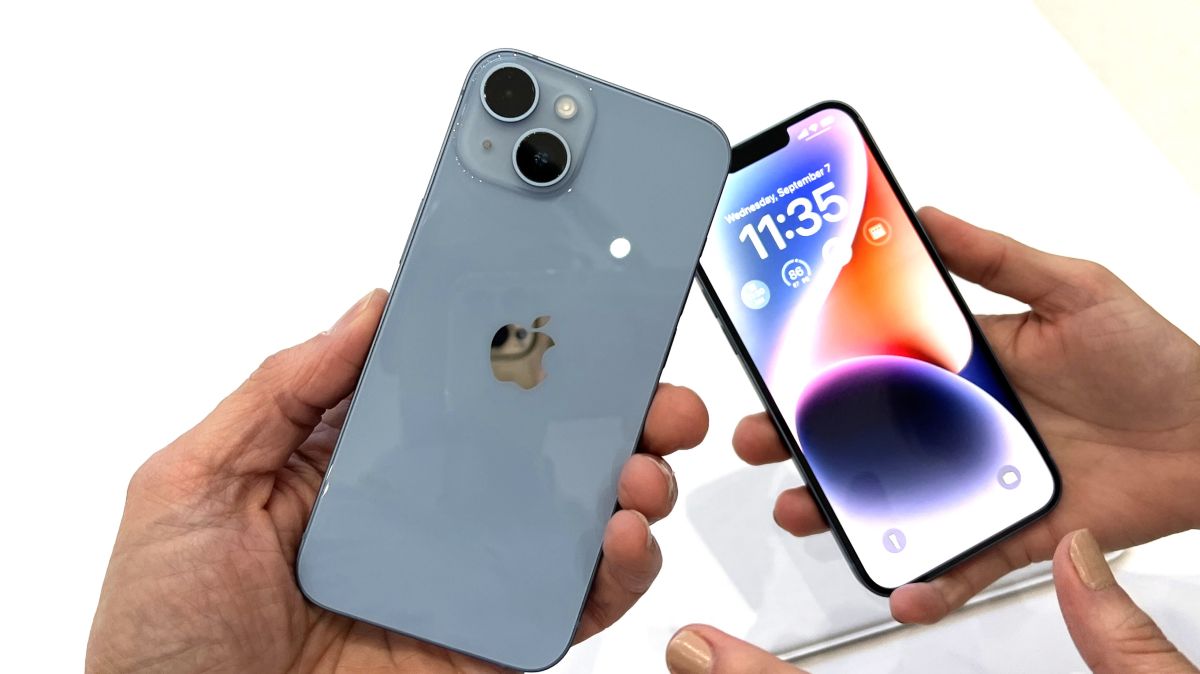
(Image credit: Future)
Cameras and battery life
On the back of the iPhone 14 Plus is the exact same dual-camera array as the iPhone 14. It has a 12MP camera and a 12MP ultrawide. On the front is the 12MP TrueDepth camera on the front.
Like the iPhone 14, the iPhone 14 Plus main camera is an upgrade from the 12MP wide found on the iPhone 13. It has a ƒ/1.5 aperture and is backed by larger sensors and 1.9 µm pixels, which should result in better low-light performance.
While I only had a few minutes with the phone, I did take some pictures with the wide and ultra-wide cameras. Images looked good. In addition, I could see the 12MP TrueDepth camera’s new autofocus features in action. I’m sure that’ll be useful for quality selfies.
While the new iPhone 14 is rated for roughly 20 hours of battery life, the larger iPhone 14 Plus could get 26 hours of video playback. It definitely pays to get a bigger phone.
These are, obviously, battery claims. I’ll know more after I get some time to test the new handset.

(Image credit: Future)
With all that’s the same about this big-screen iPhone 14 Plus, there are a pair of new features across the line that these cheaper phones do get: Crash Detection and Emergency SOS via satellite.
Crash detection is pretty much what it sounds like: the iPhone 14 Plus can detect if you’re a in car crash and help you contact emergency services.
Satellite communication capability uses the iPhone 14 Plus’ antennas to connect to orbiting satellites for emergency communication situations (lost in the mountains). It’s useful in situations where cell coverage doesn’t exist. Apple did put in some work to reduce the bandwidth requirement of, say, text messages to ensure they can squeeze through a satellite’s tiny space-based pipe. You’ll need to be outside and have a clear view of the sky to use the service, which will start out free and then have some sort of fee, which may be monthly. Apple did not outline the details.
Performance and software
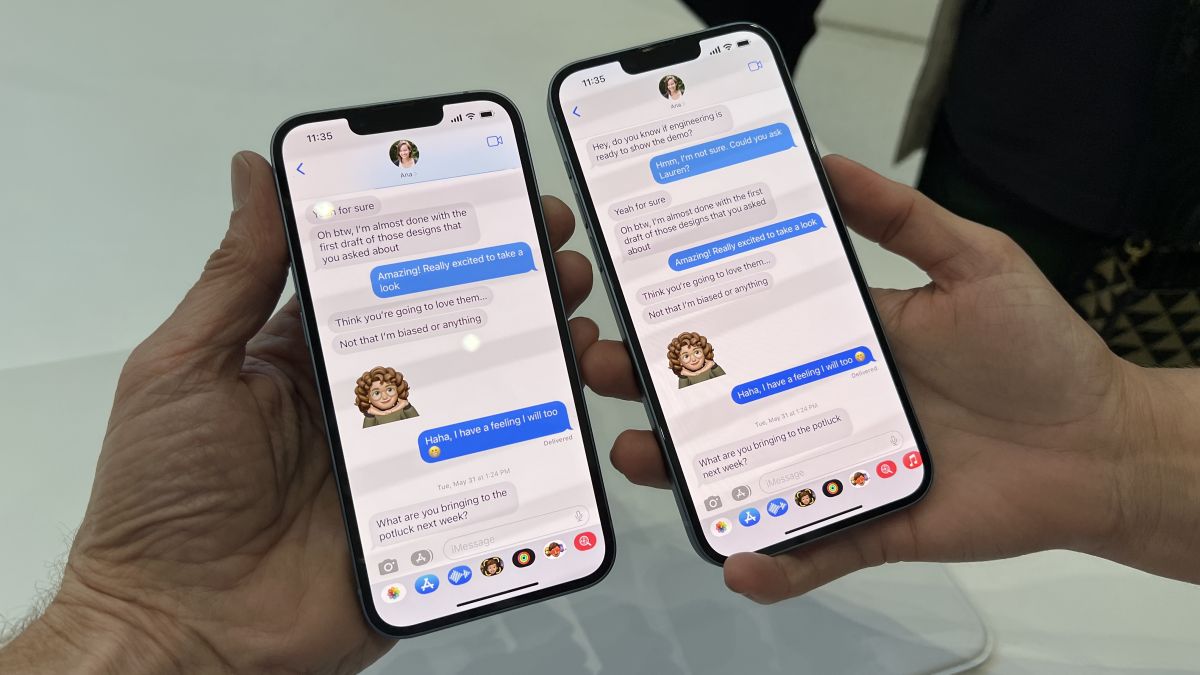
(Image credit: Future)
Powering it all is Apple’s one-year-old A15 Bionic CPU, the exact same chip that powered Apple’s complete iPhone 13 line. This year, though, Apple’s gone a different way, breaking the line into two tiers and giving the base models slightly less performance than you’d probably get from iPhone 14 Pro’s new A16 Bionic.
The A15 Bionic is still an excellent chip, it’s just not Apple’s newest and best bit of mobile silicon.
Like the rest of the iPhone 14 line, the iPhone 14 Plus will ship with iOS 16.
I’ve been running the iOS 16 beta for months and am a fan. It’s not a complete redesign but does offer some major changes.
The biggest change is found in the new Lock Screen. Larger fonts, editable widgets, and image segmentation that lets you put part of your photo subject in front of the time really do take the platform to the next level.
There are newly editable texts (with limits), and focus modes assigned to individual lock screens. There are new maps and vastly cleaned-up notifications. Apple has managed to make iOS16 fresh and yet still wholly recognizable.
The iPhone 14 Plus 6.7-inch display turns out to be a great canvas for this new interface. There’s so much room and the updated lock screens, in particular, look lovely.
Early verdict
Apple’s iPhone 14 Plus is a big, useful, and reasonably powerful phone that will bring bring-screen goodness at a more affordable price to a whole new set of iPhone users. With just a couple of cameras on the back, no zoom, always-on display or variable refresh, and aluminum instead of stainless steel, it’s not the flashiest big iPhone, but at this price and with all that battery life it could be among the most popular.
Source: Techradar


